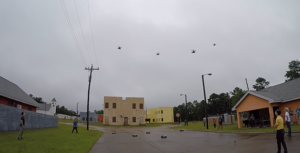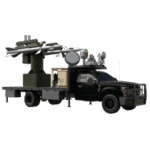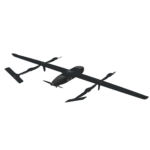
DARPA has conducted the second test for its program to test experimental “swarming” technology with air and ground robots for potential future missions in urban environments, the agency said Wednesday. The latest test for the OFFensive Swarm-Enabled Tactics (OFFSET) program took place in June at Ft. Benning in Georgia, with officials noting contracts have been awarded for the next “swarm sprint,” which will focus on human-swarm teaming. “The pace of our scheduled experiments requires our performers to take risks,” Timothy…

 By
By 











